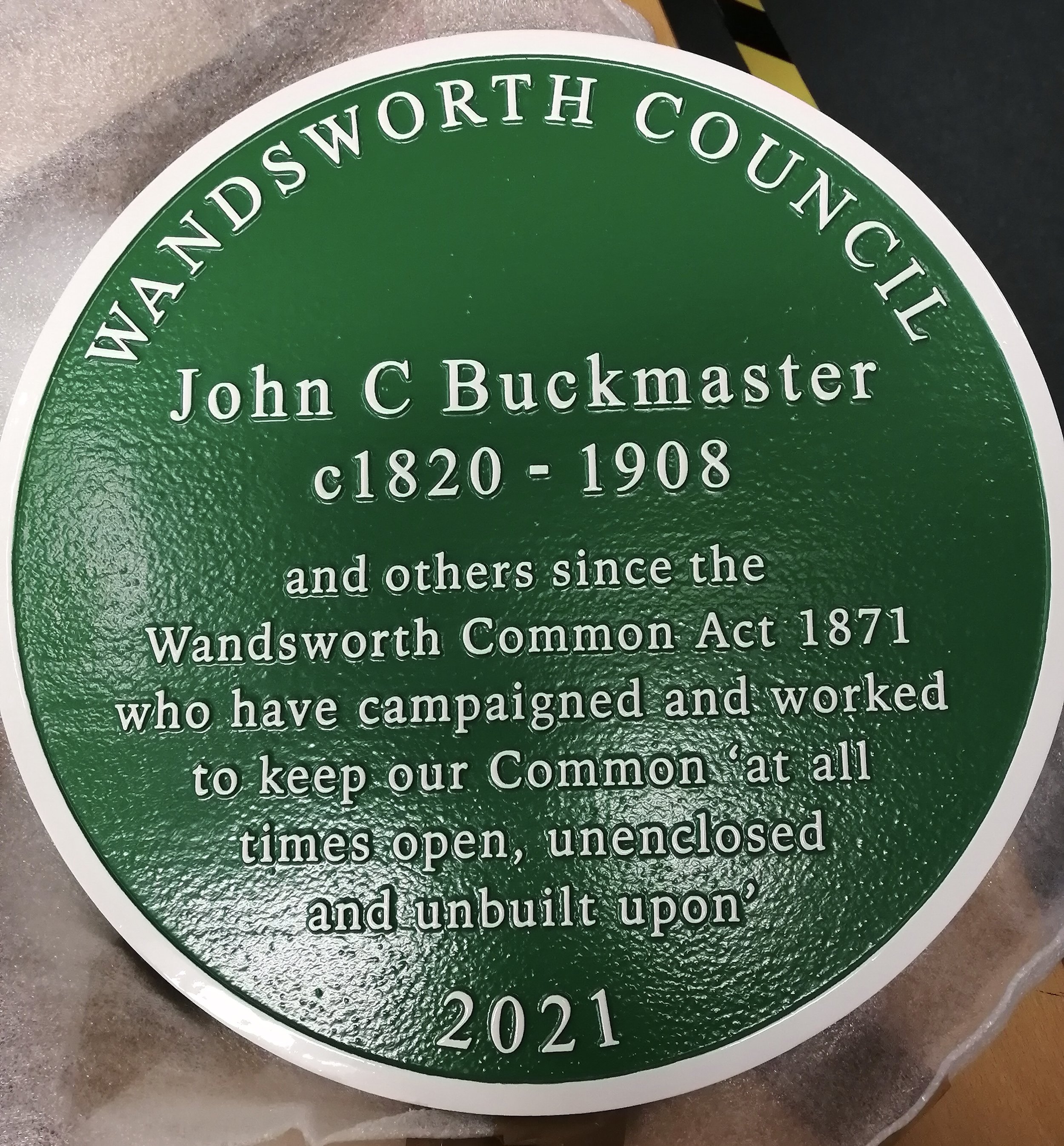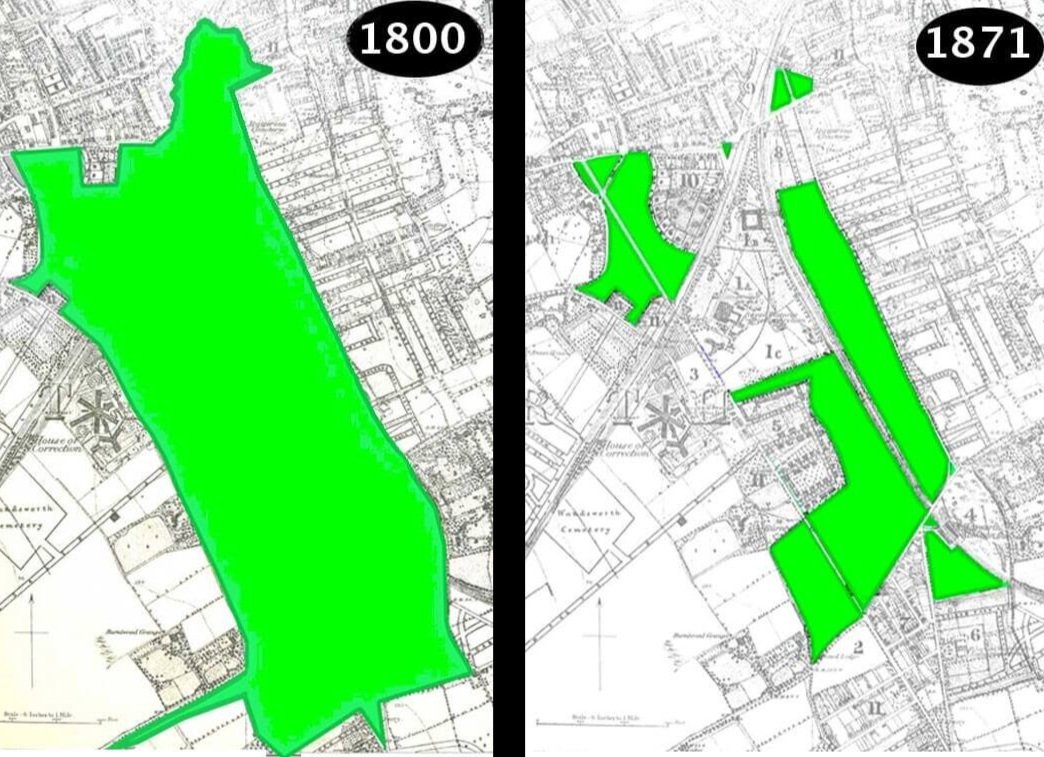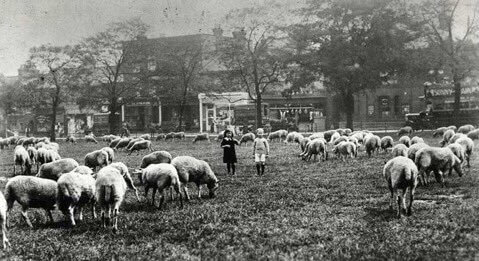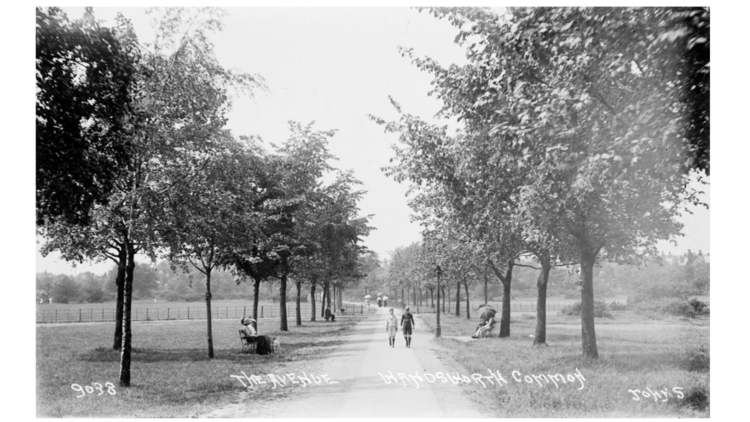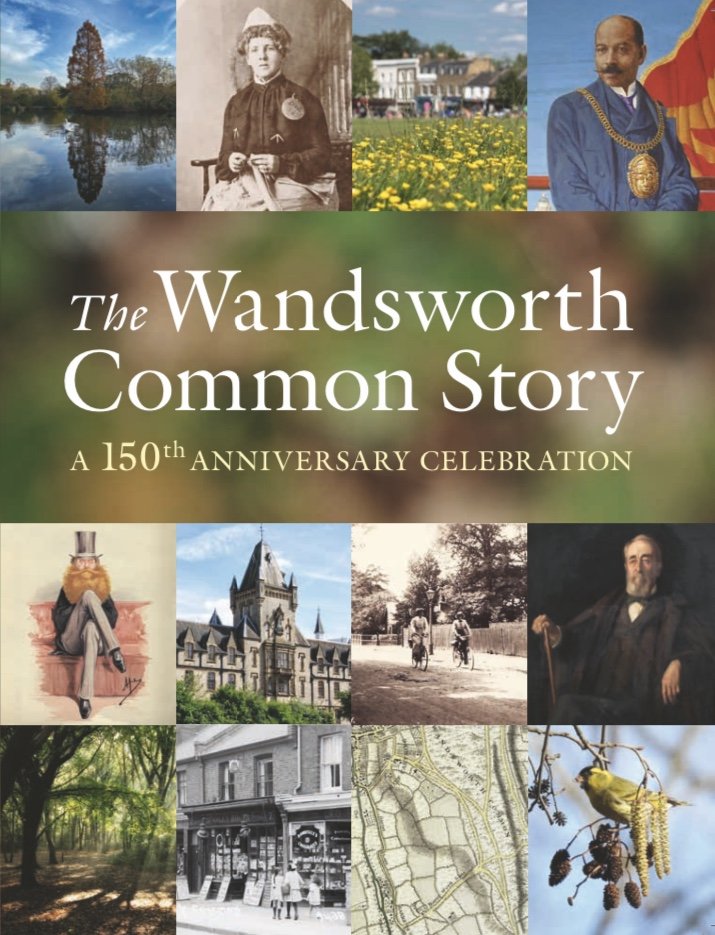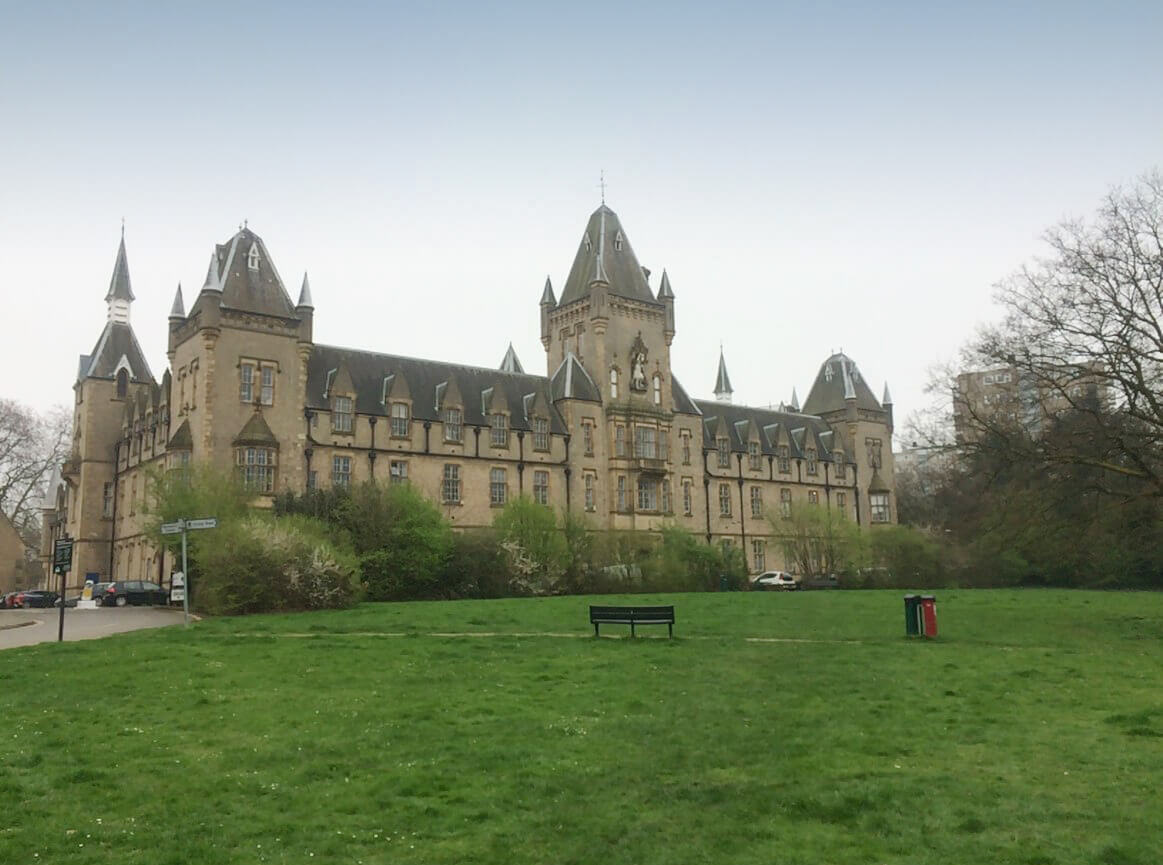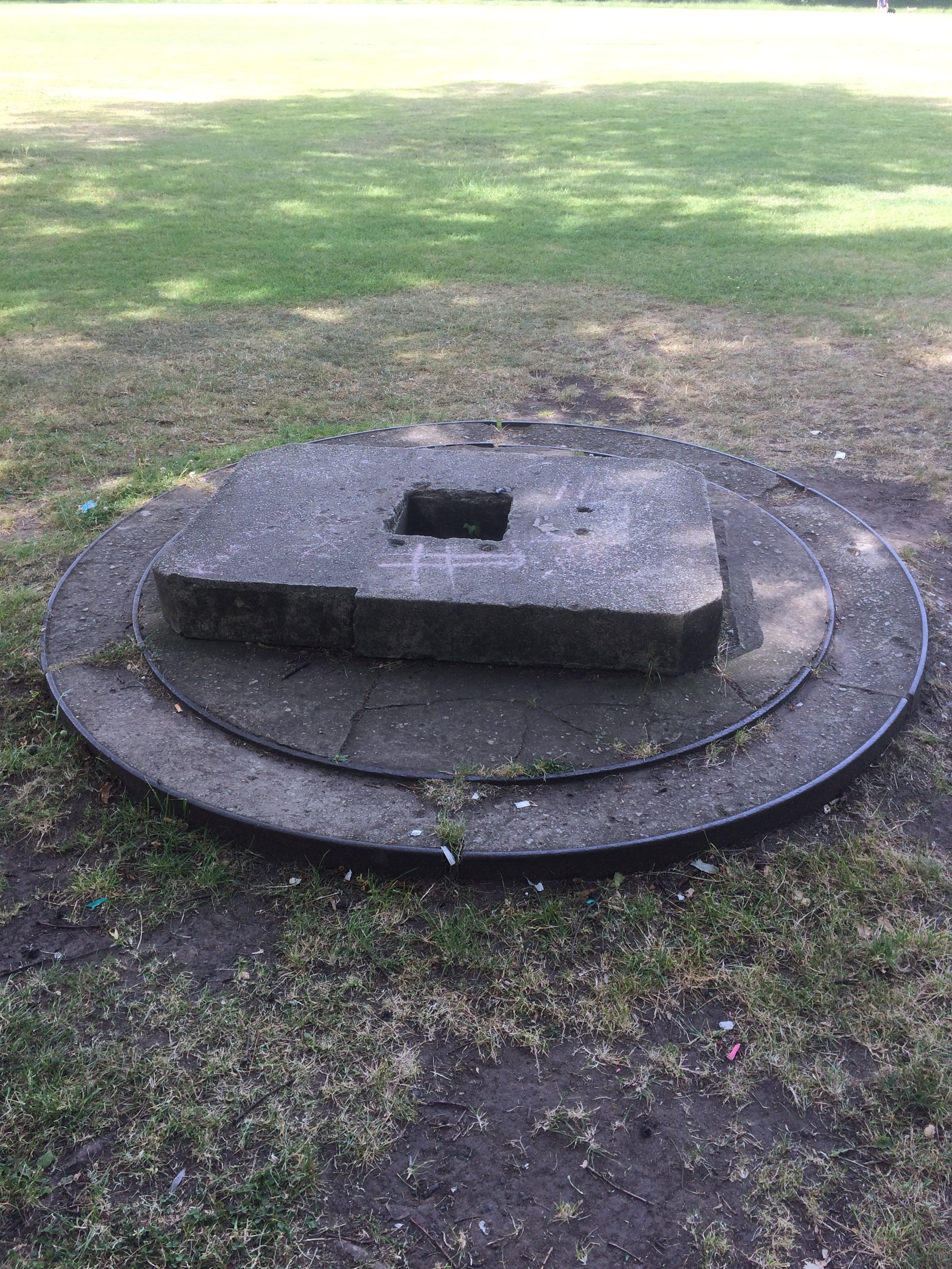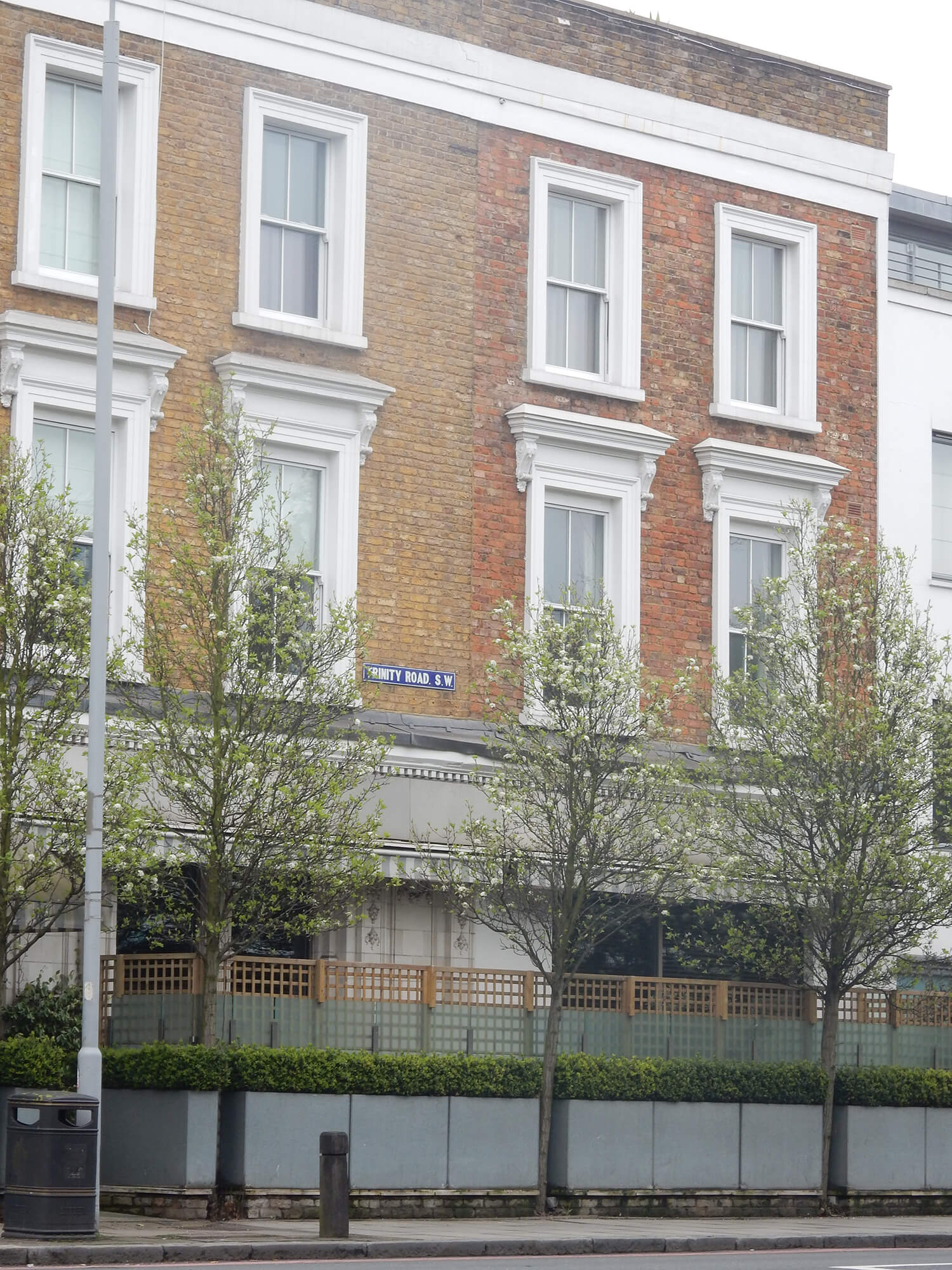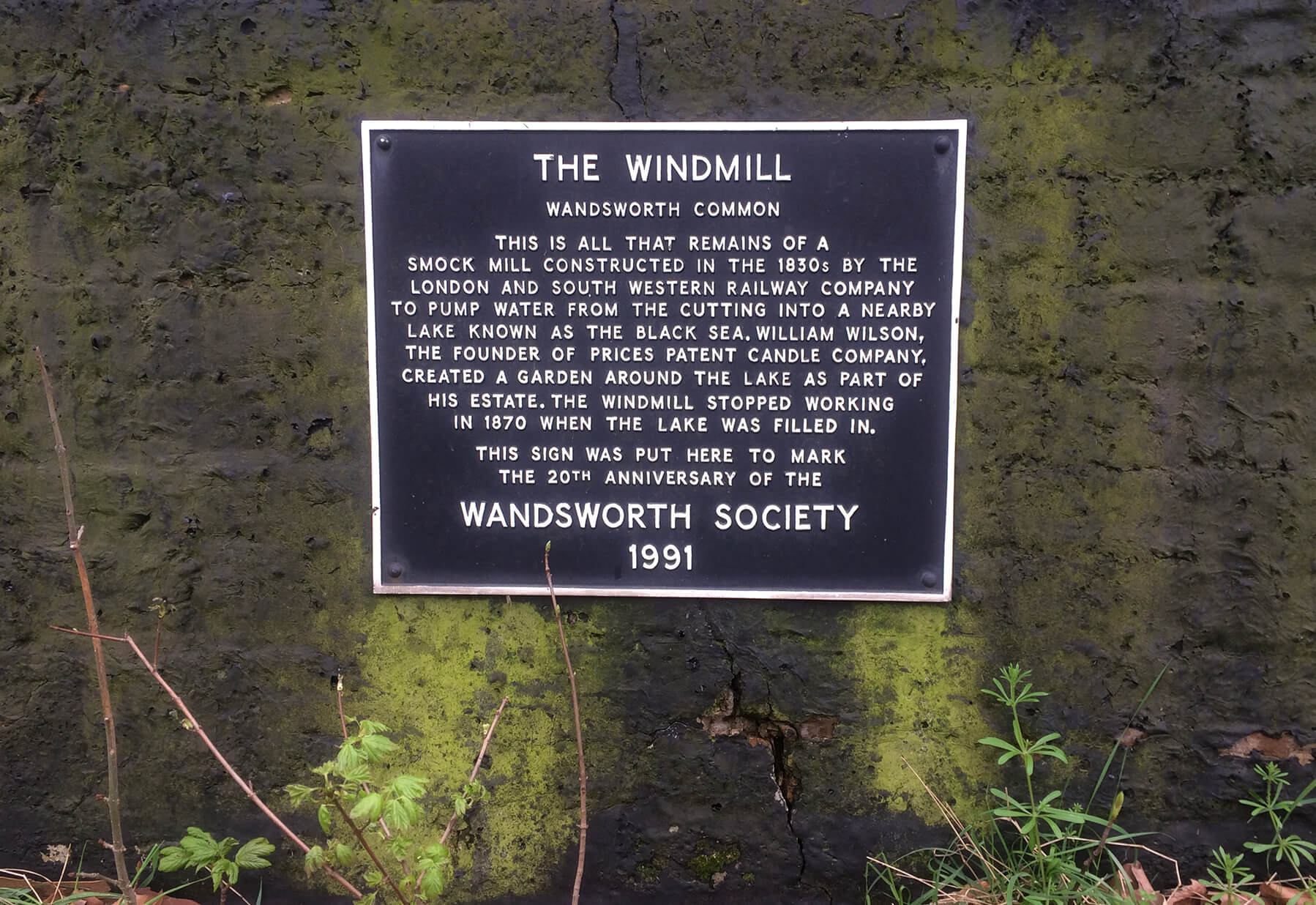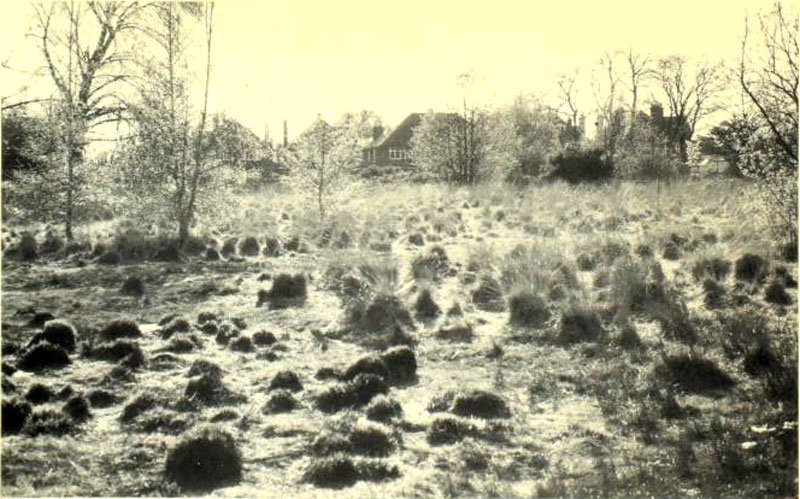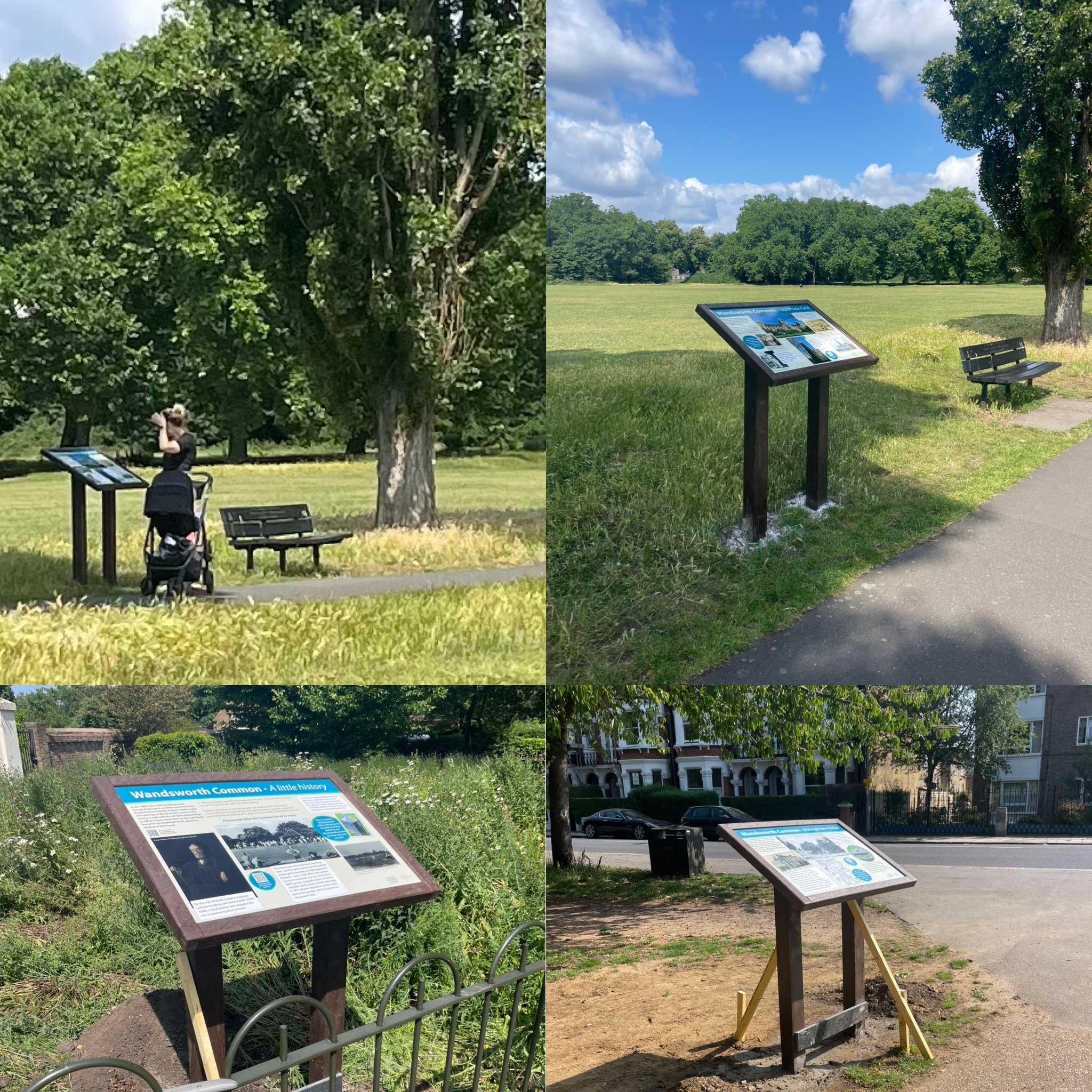If you’ve reached this page after visiting one of our new information boards, do visit all of them: one near Skylark cafe, one by the Three Island pond, one towards the southern end of Northside field and a fourth in due course in the middle of the Scope (with the story of the Craig Telescope). We’ll be leading walks based on the information in the boards later in the year. Join the Friends to get advance information.
In mediaeval times the Common was owned by the Church, but the dissolution of the monasteries under Henry VIII saw ownership split between the separate manors of Battersea and Wandsworth. The dividing line runs N-S across the Common and you can still see some of the old boundary markers (examples are on the path to Routh Road and near the large oak tree - the boundary oak - on Bellevue Field).
The first of two notable past owners of the manors are the St John family, including Henry St John, who became Viscount Bolingbroke in 1712. The St John and Bolingbroke names live on in the area – notably St John’s Hill and Bolingbroke Grove - as does the family’s heraldic falcon. Then in 1763 ownership passed to the Spencer family. Again, the Spencer name lives on – for example Spencer Park and The Althorp/Althorp Road (after the family estate in Northamptonshire).
Today Wandsworth Common is some 177 acres, but in 1800 it was some 400 acres. The reduction is mainly due to land being sold for building, including the Toast Rack, the Royal Victoria Patriotic Building and Emanuel School and the construction of the railways and roads.
This process of enclosing the land and selling it off gathered speed under the ownership of the Earls Spencer in the 19th century. However the locals objected. We owe them, and in particular one man - John Buckmaster - grateful thanks that we still have a lovely Common.
John Charles Buckmaster c1820-1908
John Charles Buckmaster (JCB) was a local teacher. In the late 1860s he was approached by two locals, angry that the land they were growing potatoes on had been enclosed and their potatoes destroyed. Buckmaster organised demonstrations and meetings, a letter writing campaign and a petition to Earl Spencer. But legal change was required and thanks to the efforts of Buckmaster and others, in 1871 an Act of Parliament was passed which transferred the Common from Earl Spencer to public ownership. In 2021 we celebrated the 150th anniversary of this important milestone and placed a plaque to John Buckmaster on the wall of the Skylark Café. It was also the incentive to write our book ‘The Wandsworth Common Story’ - on sale in Skylark and at Neals nurseries.
A group of eight conservators then managed the Common for 16 years, beginning the transition from rubbish-strewn unkempt space to what we see today. They were replaced by the Metropolitan Board of Works in 1887 and the London County Council (LCC) a year later. The LCC became the GLC in 1965 and then ownership of Wandsworth Common devolved to Wandsworth Borough Council on the demise of the GLC in 1986. The Commons Act 2006 is the best subsequent safeguard the Common has had. The Common is now managed on behalf of Wandsworth Council by Enable.
Bellevue Field, in front of Bellevue Road, used to have sheep grazing on it, brought down from Scotland every year to end up in the butchers, now home to the Chez Bruce restaurant! A little further north, the main lake was once a gravel pit. There were once many more but all but two were filled in. This one was enlarged and landscaped after 1871 by private donations. Look left towards the ToastRack, the houses bounded by Baskerville, Dorlcote, Trinity and Routh Roads. This area was one of the first major enclosures in 1822 for plant nurseries. The land was owned by Sofia Sheppard, sister of Martin Routh, President of Magdalen College, Oxford. Magdalen developed the area in the 1880s and many of the road names have connections with Magdalen college. David Lloyd George lived here (spot the Blue Plaque) and Beatrix Potter was a frequent visitor as her children’s nanny lived on Baskerville Road.
Further north, past The Skylark Café and on the edge of the Fitzhugh Estate, is the Royal Victoria Patriotic Building — completed in 1859 on 52 acres of the Common, to house and educate the orphan daughters of servicemen killed in the Crimean War. Later it became a school and then, in 1914, London’s Third General Hospital, with easy access to the railway and numerous additional huts and tents around it. In WW2 it became an interrogation centre for refugees from Europe and an internment camp. Its inmates included Friedelind Wagner, grandaughter of composer Richard Wagner and, with his mother, Herbert Levy, the future curator of the Anne Frank Exhibition. There is a display of the building’s rich and varied history inside.
Bolingbroke Fields runs N-S along the eastern side of the railway, past the Three Island Pond up to Chivalry Road. Three Island Pond is one of the oldest landscape features on the Common, visible on a map drawn in 1787 and described as a ‘little gem’ in 1898. Further north still, passing the concrete base of an old drinking fountain, and beyond St Mary’s cemetery, is St Mark’s Triangle, close to where John Buckmaster lived and the site of the many demonstrations against enclosure in the 1870s.
The Scope, in the opposite, south west corner of the Common, is now the main woodland area. Once a rough, gorse and scrub covered open space, it gets its name from an enormous telescope constructed near Lyford Road in 1852 by the Rev. James Craig. At the time it was the largest refracting telescope in the world. However, problems with the lens and increasing pollution meant it lasted only a few years. It was dismantled, with little trace remaining save, allegedly, for a few bricks used in the construction of the buildings on the corner of Bellevue Road and Trinity Road.
Northside Field, across Windmill Road from the RVPB, between Trinity Road and Spencer Park, has the remains of the so-called windmill — the Common’s only listed building. Technically a smock mill, so named after its shape, it dates back to 1837 and was built to pump water from the railway cutting into the Black Sea, a disused gravel pit cum ornamental lake in the grounds of the Wilson’s House, of Price’s Candle Factory, in what is now Spencer Park. Paintings of the Black Sea show it to be a beautiful place, sadly no more as it was filled in by Earl Spencer to make room for the Spencer Park estate, a quid pro quo for ceding his ownership of the Common.
Next to Northside is Westside, where some of the front garden walls are made with bricks from the old London Bridge.
Many people have, over the years, helped research the history of Wandsworth Common. A pioneer was the late Shirley Passmore, a former chair of the MAC and an esteemed expert on all things relating to the Common. She was followed by Ian Cunningham and Charles Walton, also former MAC chairs, and the late Harvey Heath who wrote an article in the Winter 2017/18 issue of Battersea Matters (pages 6 and 7).
Most recently, the research of local historian Philip Boys was an inspiration and catalyst for the writing of ‘The Wandsworth Common Story’, which encouraged many others on the Friends’ Heritage sub group to follow new research angles and produce what is now the ‘go to’ source for learning about the Common’s rich heritage. Another recent project is our ‘Common Memories’ film, which records the memories of about 20 long time residents of the Common, available to buy on our website. Ongoing projects include researching the history of the many ‘Lost Houses’ - grand stately homes which were built on the edges of the Common but of which only a few remain. And we recently purchased part of the old post card collection of Ron Elam which we are in the process of digitalising to make available to a wider audience.
The Heritage group puts on regular walks and talks, including during the Wandsworth Heritage Festival. All our talks are recorded and can be viewed on our website.
Further information:
The Craig telescope, 1852



